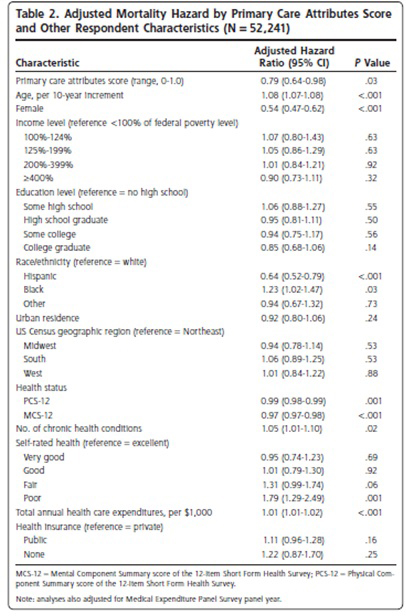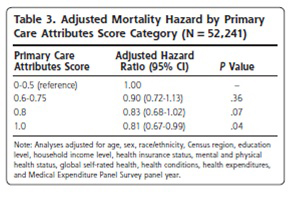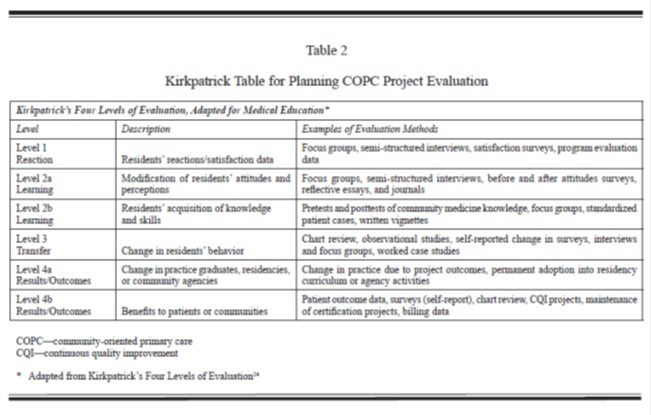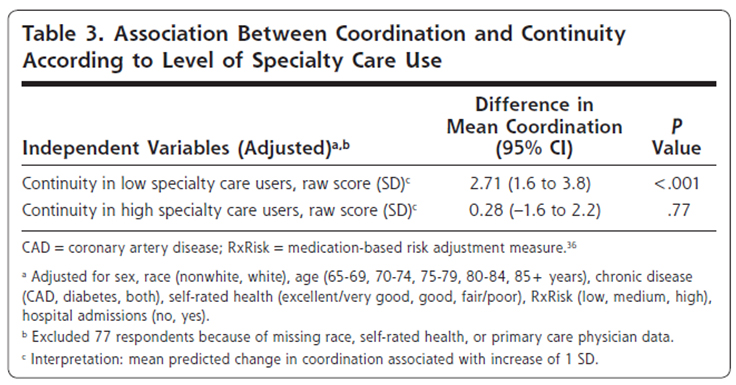― 文献名 ―
Giulio Formoso et al: Feasibility and effectiveness of a low cost campaign on antibiotic prescribing in Italy: community level, controlled, non-randomised trial.BMJ 2013;347:f5391
― 要約 ―
【Objectives】
To test the hypothesis that a multifaceted, local public campaign could be feasible and influence antibiotic prescribing for outpatients.
【Design】
Community level, controlled, non-randomised trial.
【Setting】
Provinces of Modena and Parma in Emilia-Romagna, northern Italy, November 2011 to February 2012.
【Population】
1 150 000 residents of Modena and Parma (intervention group) and 3 250 000 residents in provinces in the same region but where no campaign had been implemented (control group).
【Interventions】
Campaign materials (mainly posters, brochures, and advertisements on local media, plus a newsletter on local antibiotic resistance targeted at doctors and pharmacists). General practitioners and paediatricians in the intervention area participated in designing the campaign messages.
【Main outcomes measures】
Primary outcome was the average change in prescribing rates of antibiotics for outpatient in five months, measured as defined daily doses per 1000 inhabitants/day, using health districts as the unit of analysis.
【Results】
Antibiotic prescribing was reduced in the intervention area compared with control area (−4.3%, 95% confidence interval −7.1% to −1.5%). This result was robust to “sensitivity analysis” modifying the baseline period from two months (main analysis) to one month. A higher decrease was observed for penicillins resistant to β lactamase and a lower decrease for penicillins susceptible to β lactamase, consistent with the content of the newsletter on antibiotic resistance directed at health professionals. The decrease in expenditure on antibiotics was not statistically significant in a district level analysis with a two month baseline period (main analysis), but was statistically significant in sensitivity analyses using either a one month baseline period or a more powered doctor level analysis. Knowledge and attitudes of the target population about the correct use of antibiotics did not differ between the intervention and control areas.
【Conclusions】
A local low cost information campaign targeted at citizens, combined with a newsletter on local antibiotic resistance targeted at doctors and pharmacists, was associated with significantly decreased total rates of antibiotic prescribing but did not affect the population’s knowledge and attitudes about antibiotic resistance.
開催日:平成25年10月23日



